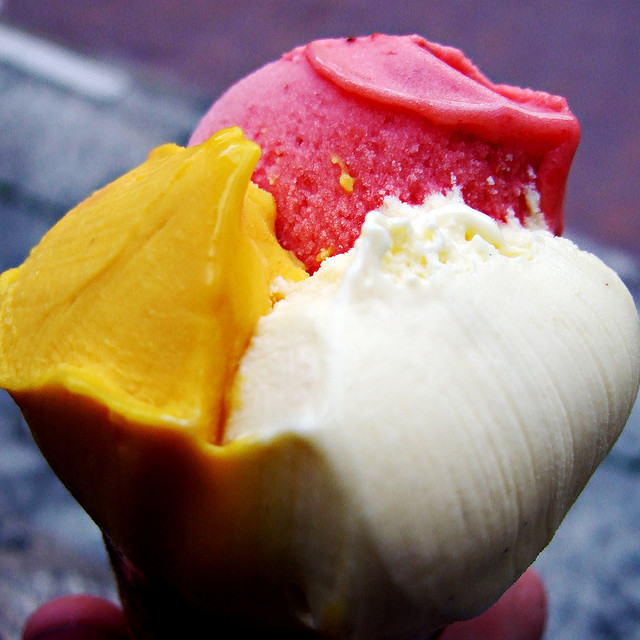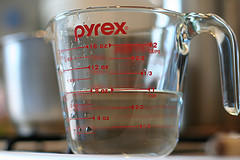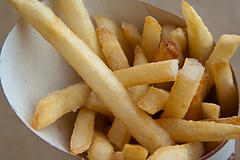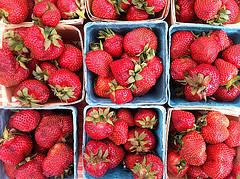Although you’ve probably only used ice cream cones for, well, ice cream, the recipe possibilities are truly endless for this sweet, crunchy treat—if you think creatively. Here are three completely unique spins on the classic ice cream cone.
Apple Snack Mix [tasteofhome.com]
This fun snack mix makes a wonderful kids’ party favor at birthday parties or bonfires. Cinnamon flavored cereal, roasted peanuts, sunflower kernels, apple chips, and a number of other hearty ingredients mix together to create a crunchy snack mix that looks adorable served in a sweet waffle cone.
Mini Ice Cream Cone Cupcakes [kraftrecipes.com]
Even if you aren’t serving ice cream in your ice cream cone, you can still emulate the cute look of the beloved summertime sweet. These creative cupcakes are baked into mini ice cream cones and then topped with a swirl of icing that looks just like soft serve.
Popcorn Ball Ice Cream Cones [cookiesandcups.com]
If you prefer the crunch of popcorn to the icy chill of ice cream, you’ll love this fun snack. By mixing the popcorn with marshmallows and chocolate candies, you can create a uniquely sweet treat that looks just like vanilla ice cream. Serve it on top of a classic sugar cone to make it even more authentic!





 Equal Housing Opportunity
Equal Housing Opportunity